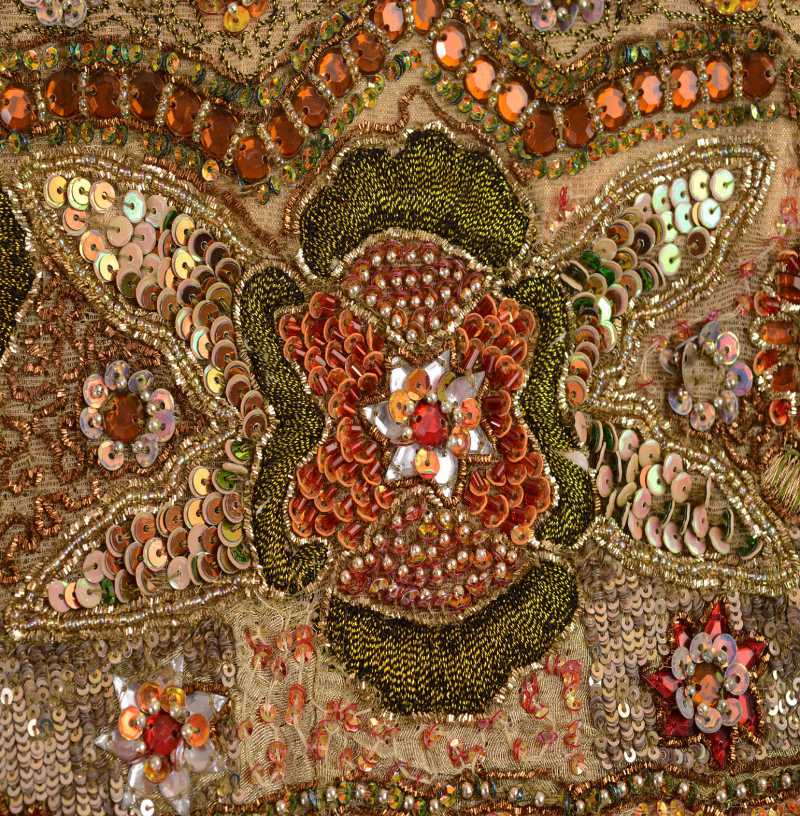===
0354,
1
===

=== |
 |
FWP:
SETS == HI
MOTIFS
NAMES
TERMS == 'MEANING-CREATION'; REFRAIN; THEMEAs a very short meter with a remarkably long refrain, this ghazal is an extreme case among all Mir's ghazals. Six syllables of the line are taken up by rhyme and refrain, leaving only five syllables free. Thus Mir's genius for 'making very small words so full of depth' is quite necessary here. And, as SRF notes, it's fully on display.
Note for translation fans: How to translate ho gaʾī haiñ ? The radically literal would be 'have become', but in English that requires either a predicate nominative ('thorn-thickets have become X', or 'X have become thorn-thickets') or else a different sentence structure ('there have come to be thorn-thickets'). I've opted in this case for 'have appeared', even though it's not ideal. But then, my pursuit of extreme literalness would undoubtedly look quixotic to most translators anyway. As always, I'm not seeking to provide a fine reading experience in English; I want to provide a fine reading experience in Urdu, and the clunky English is meant to help us get there.